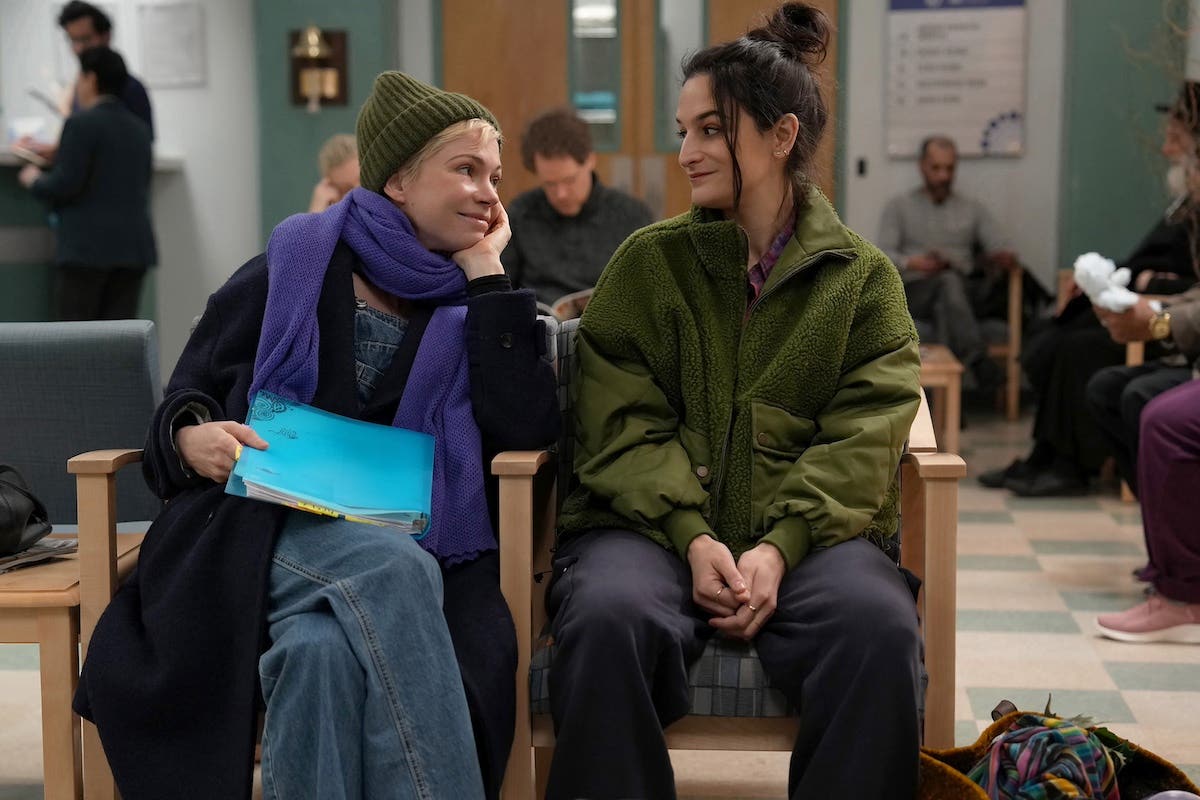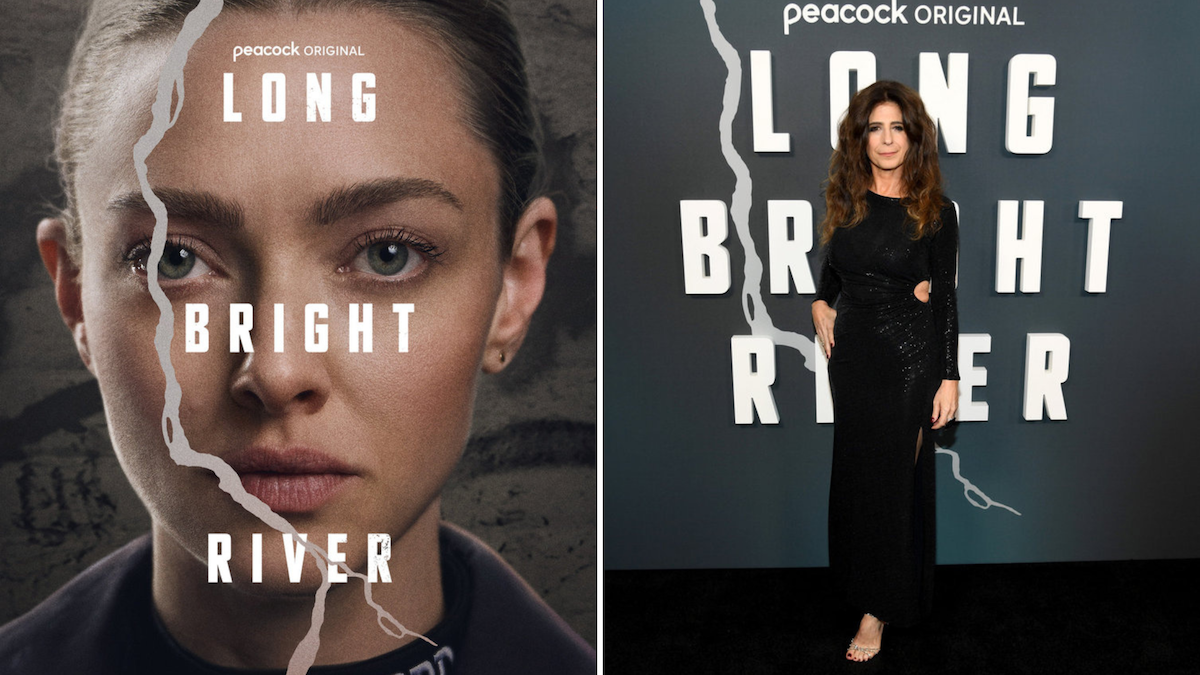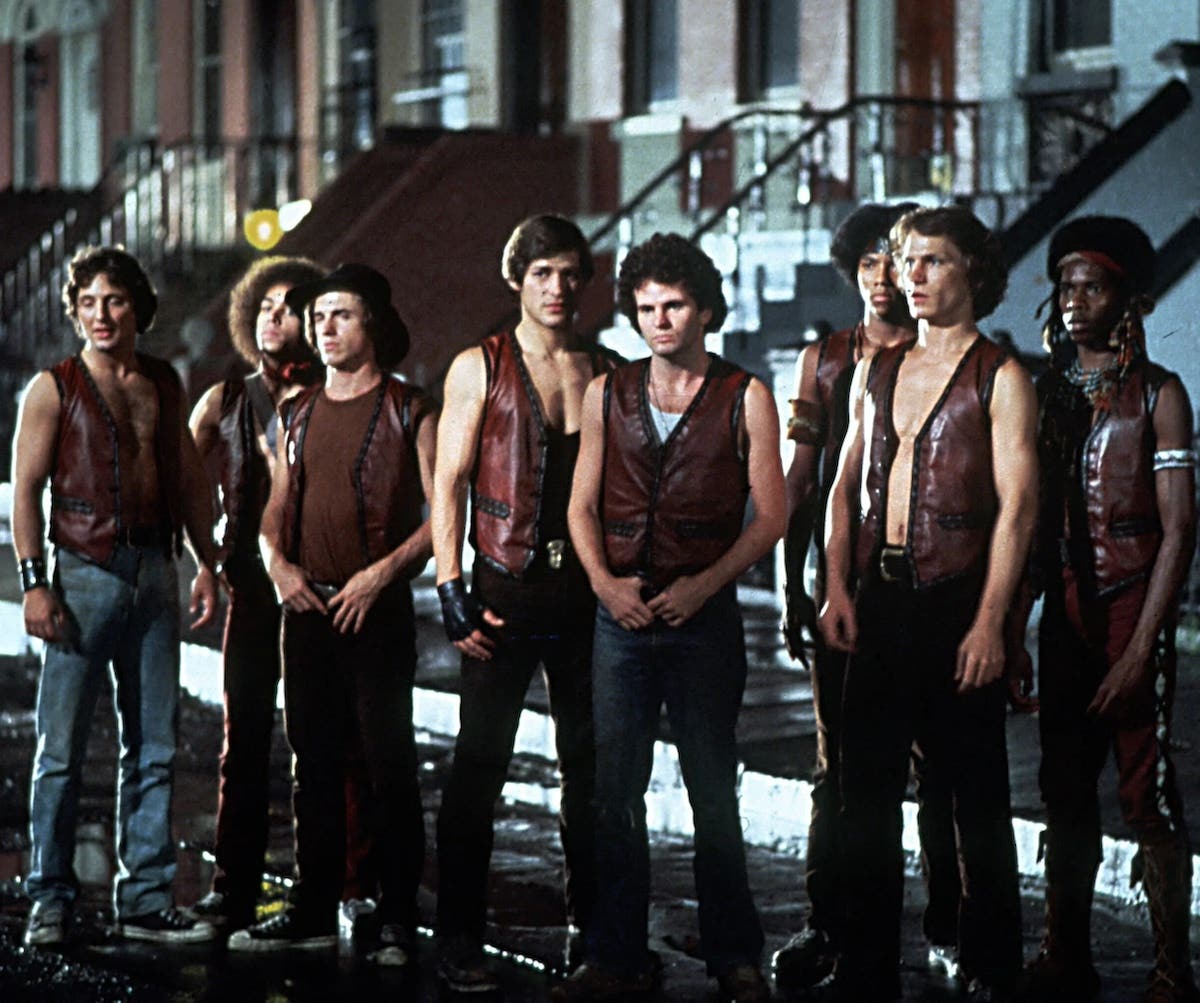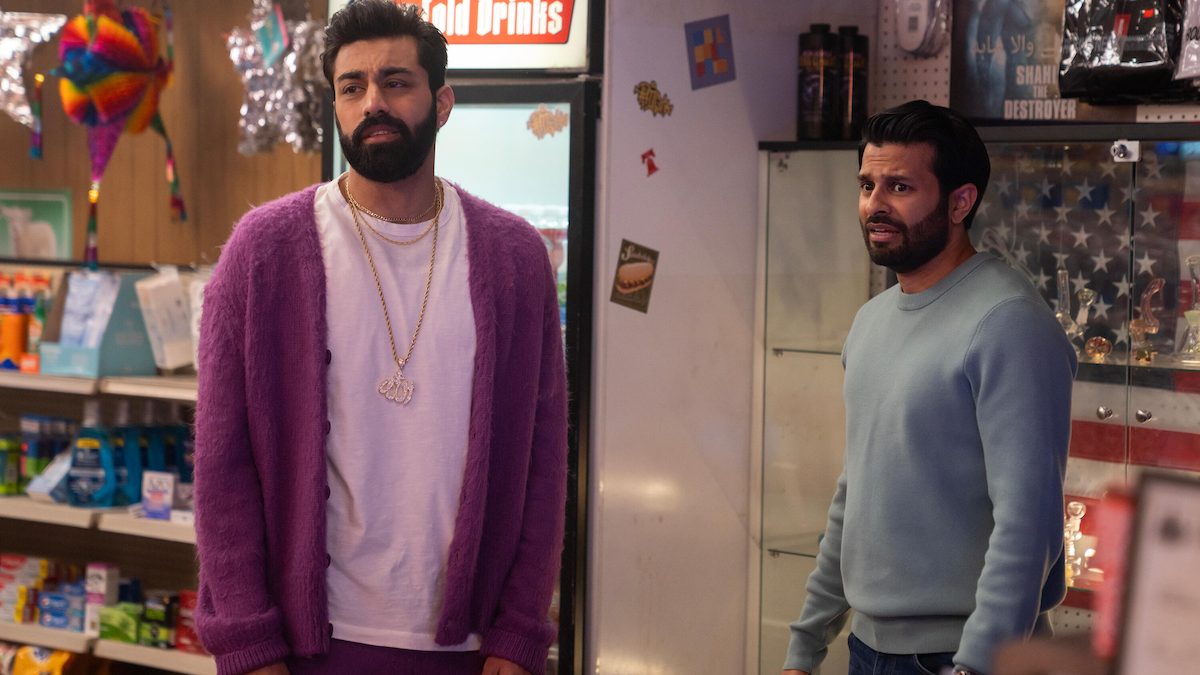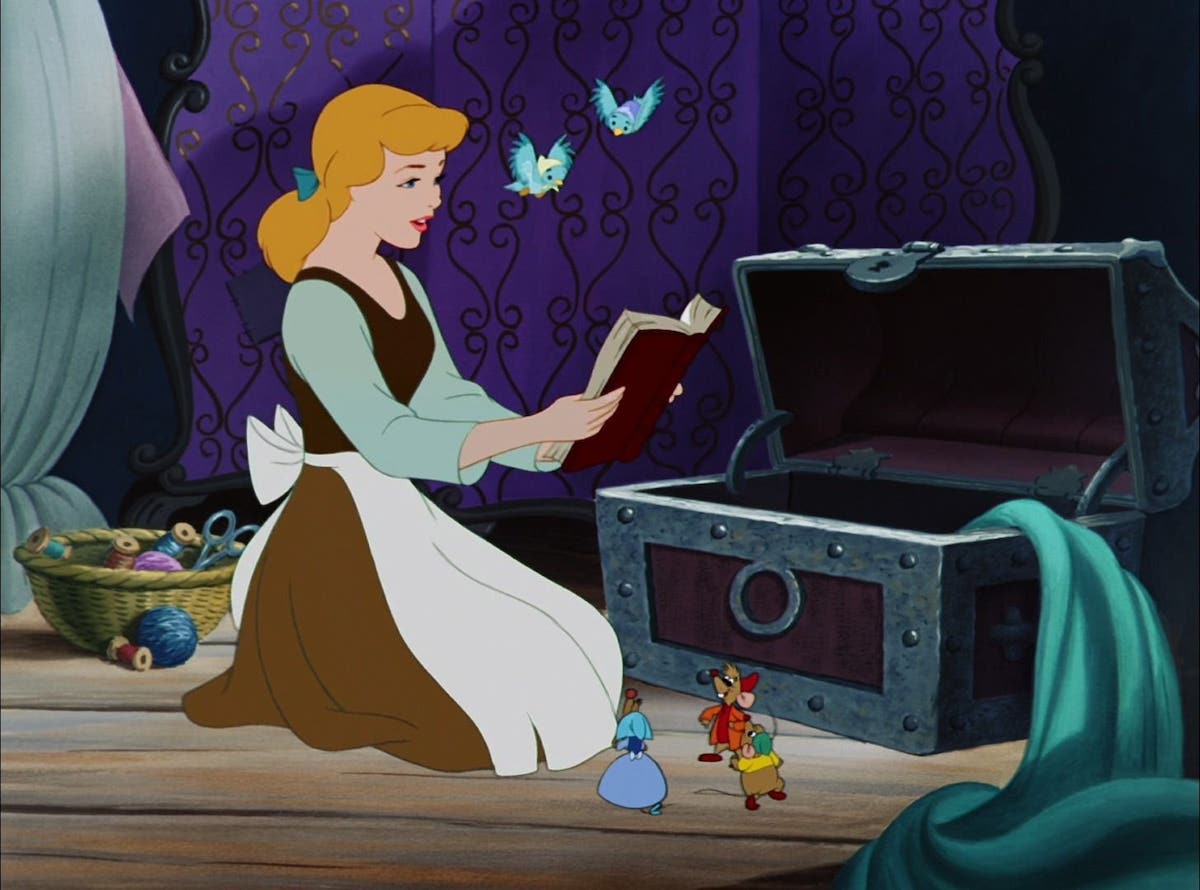Writers’ Room 101: Beats, Breaking, and Blending
TV writer Eric Haywood explores beats, breaking, and blending stories.
In the previous blog post, I talked in detail about some specific tips for navigating the pitching process. This time, we’re going to delve into the next few steps you’ll be taking in the writers’ room, all of which are meant to bring you closer to being ready to write an actual script. Essentially, what you’ll be focusing on after pitching can be boiled down to three things: beats, breaking, and blending. These are the basic building blocks of crafting a story.
(And yes, in case you’re wondering: today’s post is brought to you by the letter “B.”)
So your writing staff has successfully pitched some ideas for a given episode and gotten them approved by the showrunner. Great. Now what?
Now the writing staff must turn those pitches from vague ideas into actual, concrete storylines. This process is called “breaking stories,” and it’s another group effort in which you’ll be expected to participate.
In order to minimize confusion among your episode’s various stories, one of the first things you’ll want to do is name them. In most cases, the stories will simply be assigned a letter, with the “A” story being the most important (and longest) in the episode, the “B” story the next most important, and so on. You’ll most likely have a “C” and maybe even a “D” story (sometimes called a runner), and while it’s fairly rare to have more stories than that, it’s not unheard of. The number of stories will vary from show to show, but you can generally expect to follow the same basic A-B-C-D pattern.
Simply put, breaking a story means coming up with each individual scene for that story and arranging those scenes in their proper order as they’ll appear in the script. A scene is often referred to as a “beat,” and the terms are used pretty interchangeably. So you’re basically taking the story idea (the pitch) and expanding it until you’ve literally broken it down into pieces, beat by beat.
Breaking a story is really just an extension of the pitching process, because the writing team will toss out different ideas for beats, and generally speaking, it’s another best-idea-wins process. The beats get written down – usually on a whiteboard, allowing everyone to watch the story begin to take shape – and before you know it, you’ve got a complete beginning, middle, and end, with some cool twists and turns thrown in along the way. Then the writing staff repeats these steps for the “B” story, the “C” story, and – well, you get the idea. In each case, the goal is to simply figure out the right beats necessary to tell a satisfying, compelling story.
If the showrunner has been away from the room while all this is being done, she’ll return once the stories are broken, and the writers will pitch each story to her, one beat at a time. You’ll then receive feedback ranging from minor tweaks to major overhauls, and in some cases, you’ll re-pitch the adjusted stories and hopefully get that highly-sought-after thumbs-up from the showrunner.
And now you’re ready for the blend.
You’re already aware, from all your years of watching various TV shows, that the plotlines in a finished episode are interwoven. In the writers' room, weaving those stories together is also known as blending, and it allows the writer to jump from the “A” story to the “C” story, then back to the “A” story, then the “B” story, or whatever order works best, in order to keep things interesting. Oftentimes, this is a highly subjective process, and the writing team will use their best judgment to determine the order of the blend. Other times, logic will dictate the order of certain scenes, because if you need a certain character to appear in an “A” story beat, but that same character is also in a “B” story beat that chronologically happens earlier, then the decision for how to arrange these beats is pretty much already made for you.
One other critical aspect to keep in mind, if you’re writing for commercial TV, is the need to blend your stories in such a way that each act ends with a compelling act break. The act break is the scene that holds the audience’s attention and makes them want to sit through the commercials (or hurry back from the kitchen or bathroom or whatever) to see what happens next. Usually, your act break will involve some kind of big plot twist or revelation, raising the stakes of the story so your audience will be unable to resist seeing how the story progresses and ultimately resolves itself.
As you blend your stories, the beats that are the most obvious candidates for act breaks will usually jump right out at you. And sometimes you’ll have to rearrange your beats because what you thought was going to make an ideal act break feels less attention-grabbing than some other scene in the act. Other times (if you’re anything like me), you’ll want to identify the act break first, then reverse-engineer the order of the earlier beats. This allows you to know what you’re building towards, and can help you arrange the preceding beats in such a way that the act break is a genuine surprise yet doesn’t feel like it came out of nowhere.
By the way, if you haven’t already done this, you should be closely studying your favorite shows and figuring out what makes the flow of their stories work so well and their act breaks so effective. It’s the single best way to learn, and it’s free.
All right. So now you’ve got all of your stories beat out, broken, and blended. That means you’re ready to write, right?
Wrong. There’s still one more step before you’re sent off to start writing your episode: the outline. And we’ll discuss that in a future post.
- More articles by Eric Haywood
- TV Writer Podcast: Carole Kirschner (Hollywood Game Plan, Showrunner Training Program)
- TV Writer Podcast: How to Write a TV Pilot
- Story Structure: The Evolution of an Idea into a Script by Jen Grisanti
- FREE TV Pilot Kit Download
Get tips on how to write a TV drama with William Rabkin's webinar,
Modern TV Drama: Tone, Style, and Pace
See a free demo of our Screenwriting Tutorial Videos - Sign up for unlimited monthly subscription for just $25!
TV Writers’ Room 101 by Eric Haywood: If you’ve ever wondered what goes on inside a television drama writers’ room, look no further. “Inside the Writers’ Room” will pull back the curtain and show you how “the room” functions, how ideas get pitched and stories get broken, how the writer functions on set when an episode he or she has written is being filmed, and more. This column is geared towards writers who are either actively seeking to break into television writing or have already landed their first job on staff and could use a little help navigating the unspoken do’s and don’ts. Twitter: @EricHaywood


